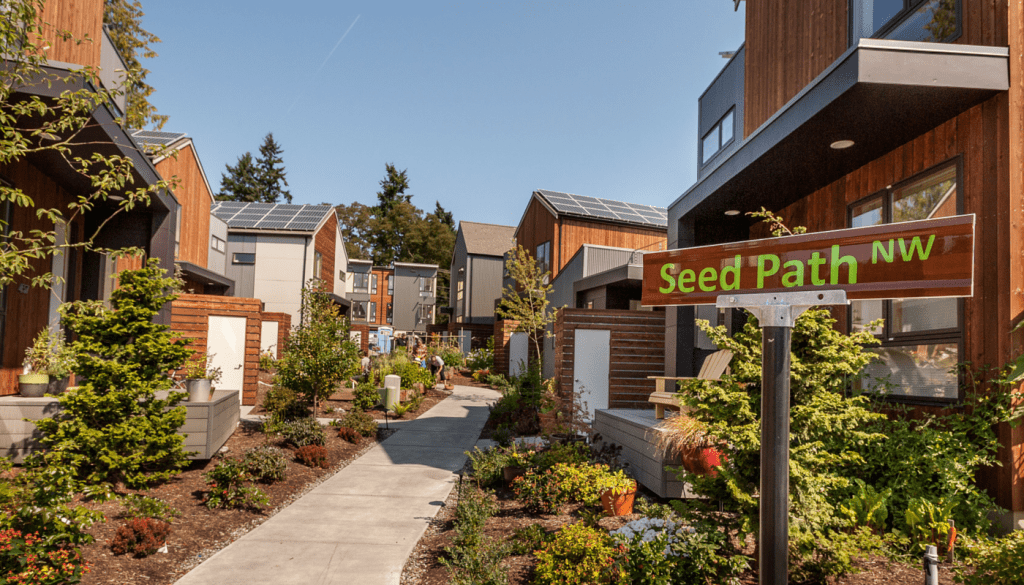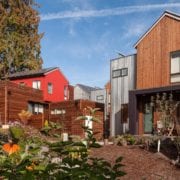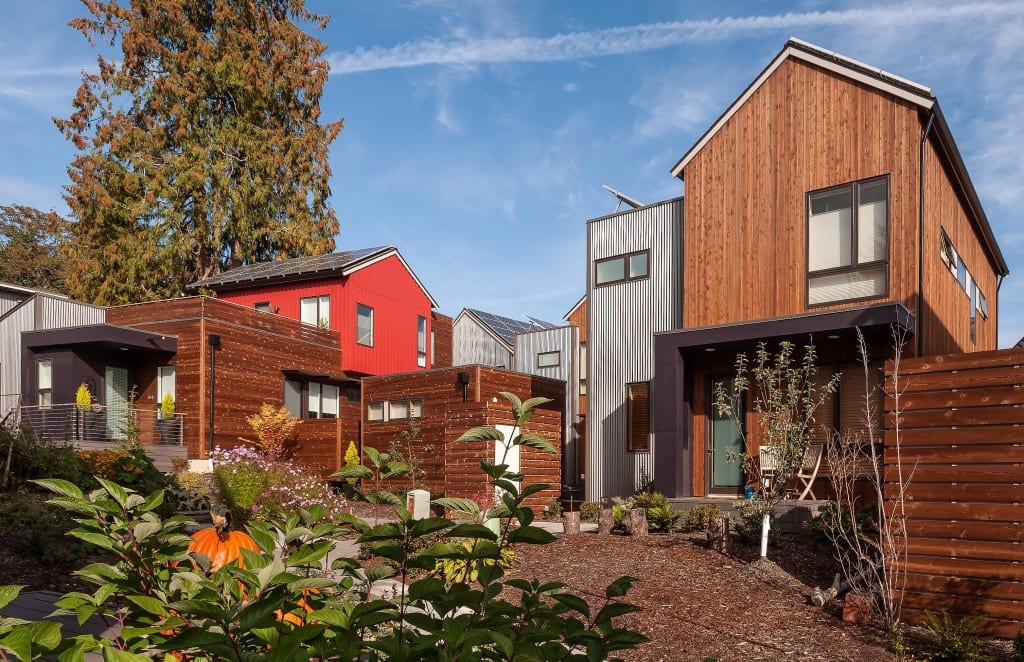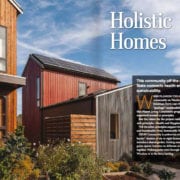Grow a paragon of the ‘New Urbanism,’ Professional Builder magazine says
 Public engagement, eco-friendly designs, affordable options, and diversity of home styles and offerings are hallmarks of the New Urbanism, the most significant planning movement of recent times.
Public engagement, eco-friendly designs, affordable options, and diversity of home styles and offerings are hallmarks of the New Urbanism, the most significant planning movement of recent times.
Grow Community is a paragon of this forward-thinking ethos, Professional Builder magazine says in its new issue.
In the article “The Seaside Effect” (a nod to the first New Urbanist community, Seaside, built in Florida in 1980), Pro Builder fetes Grow for such enlightened features as shared pea-patch gardens, energy-efficient construction and rooftop solar power.
Proximity to Winslow town center – just a 5-minute walk from the heart of the neighborhood – allowed project designers and now residents to move beyond the demands of an automobile-centric lifestyle, toward healthier and more sustainable alternatives.
“We didn’t need to provide anything other than a residential fabric,” Jonathan Davis, Grow’s phase 1 architect, tells the magazine.
Read more about how Grow Community measures up to New Urbanist principles in Professional Builder’s July 2015 edition here – see pages 30-35.





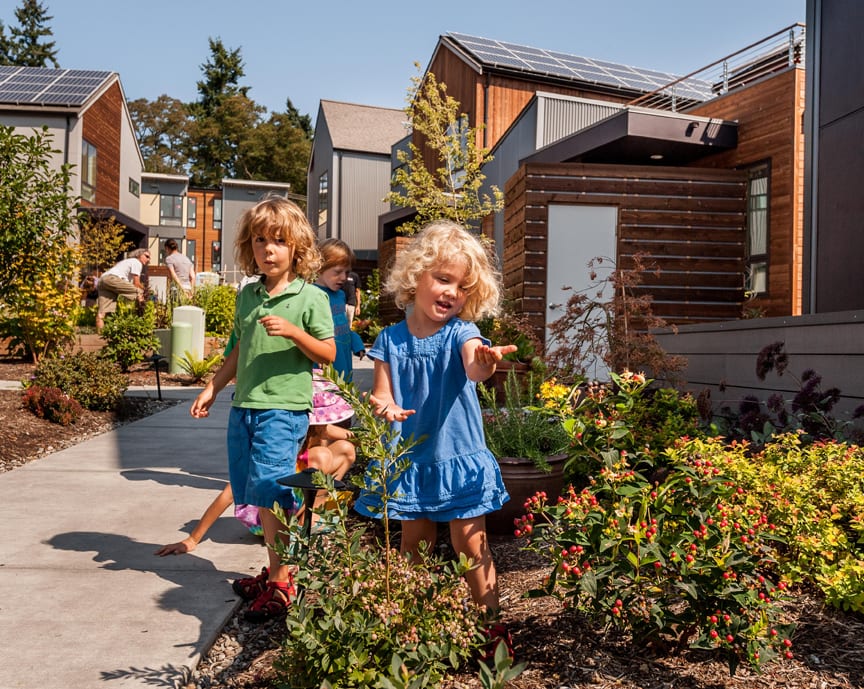 Every facet of our design, planning and construction asks a simple question: How can we build a healthier, more sustainable community?
Every facet of our design, planning and construction asks a simple question: How can we build a healthier, more sustainable community?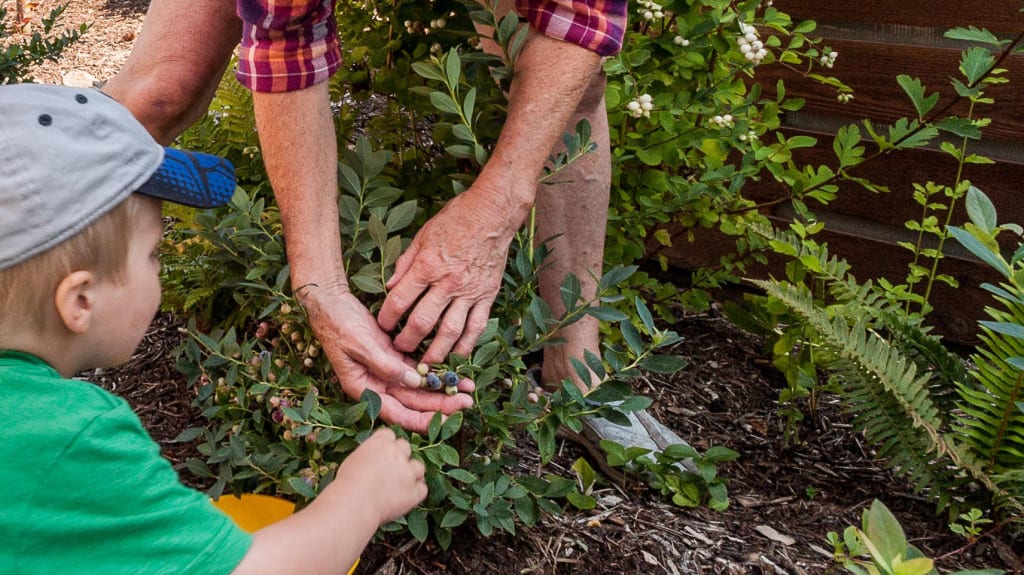

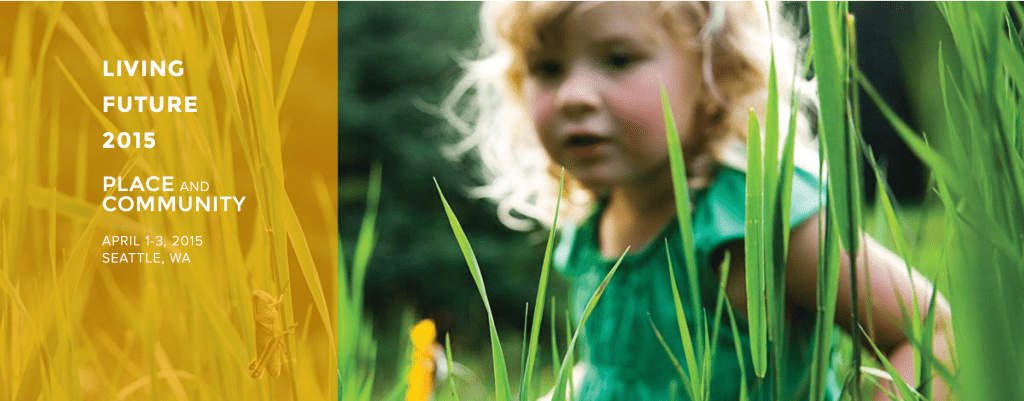
 Jonathan Davis, architect for Grow’s first phase, the Village, and project manager Greg Lotakis will be featured speakers at the conference, which runs April 1-3 at the Sheraton in Seattle.
Jonathan Davis, architect for Grow’s first phase, the Village, and project manager Greg Lotakis will be featured speakers at the conference, which runs April 1-3 at the Sheraton in Seattle.
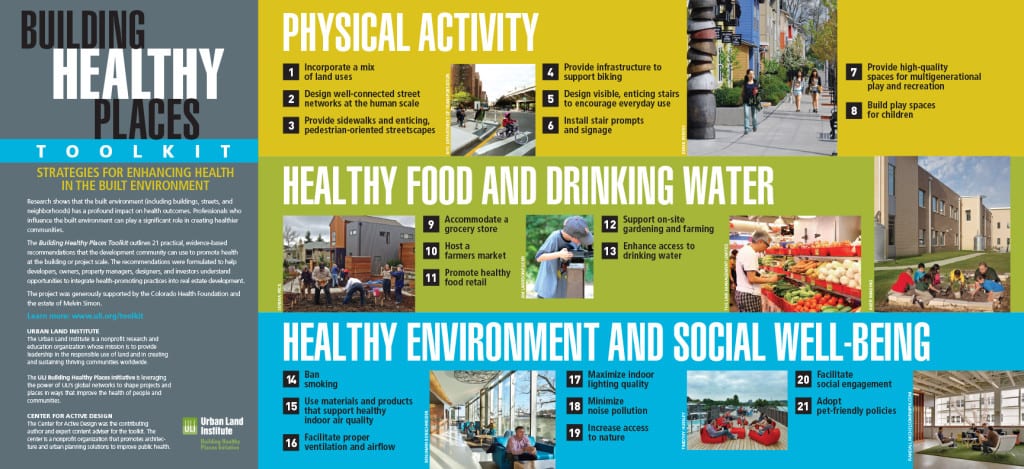
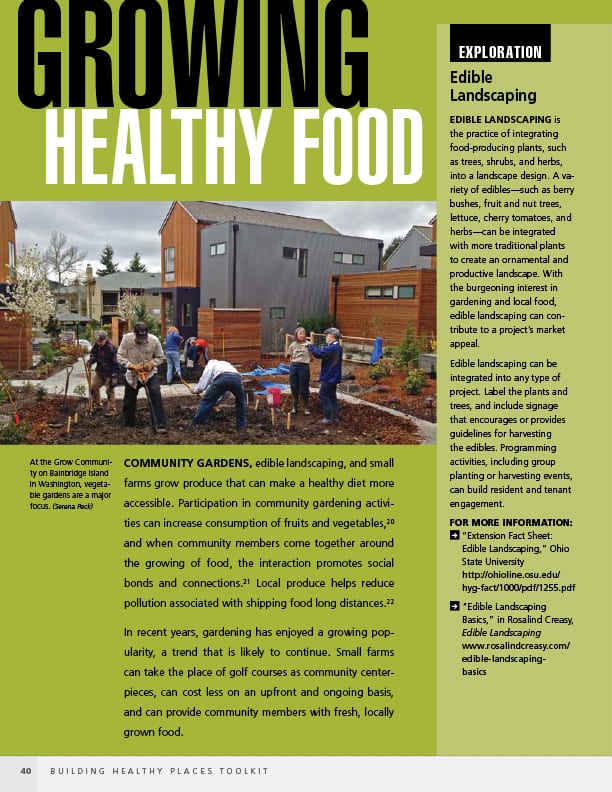
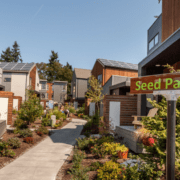
 “It’s an inspiring model of community development and one that we hope will begin to scale throughout the rest of the country,” writes Maren Keeley, whose magazine bills itself as “The Future of Business as Usual.”
“It’s an inspiring model of community development and one that we hope will begin to scale throughout the rest of the country,” writes Maren Keeley, whose magazine bills itself as “The Future of Business as Usual.”